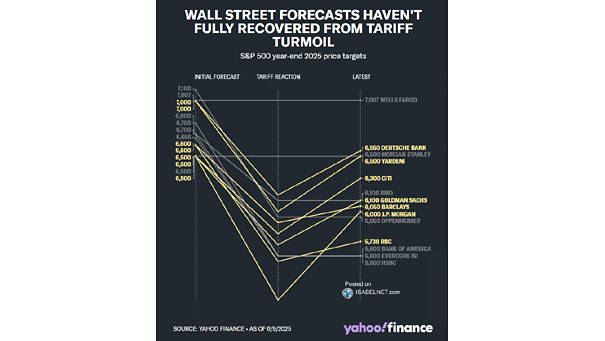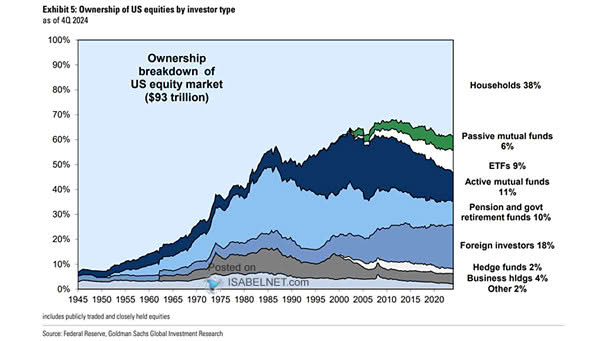S&P 500 2025 Year-End Forecasts
S&P 500 2025 Year-End Forecasts While most equity strategists still anticipate a sustained rally in the S&P 500 Index through 2025, their forecasts show significant divergence as conflicting macroeconomic data and policy uncertainties cloud the…


